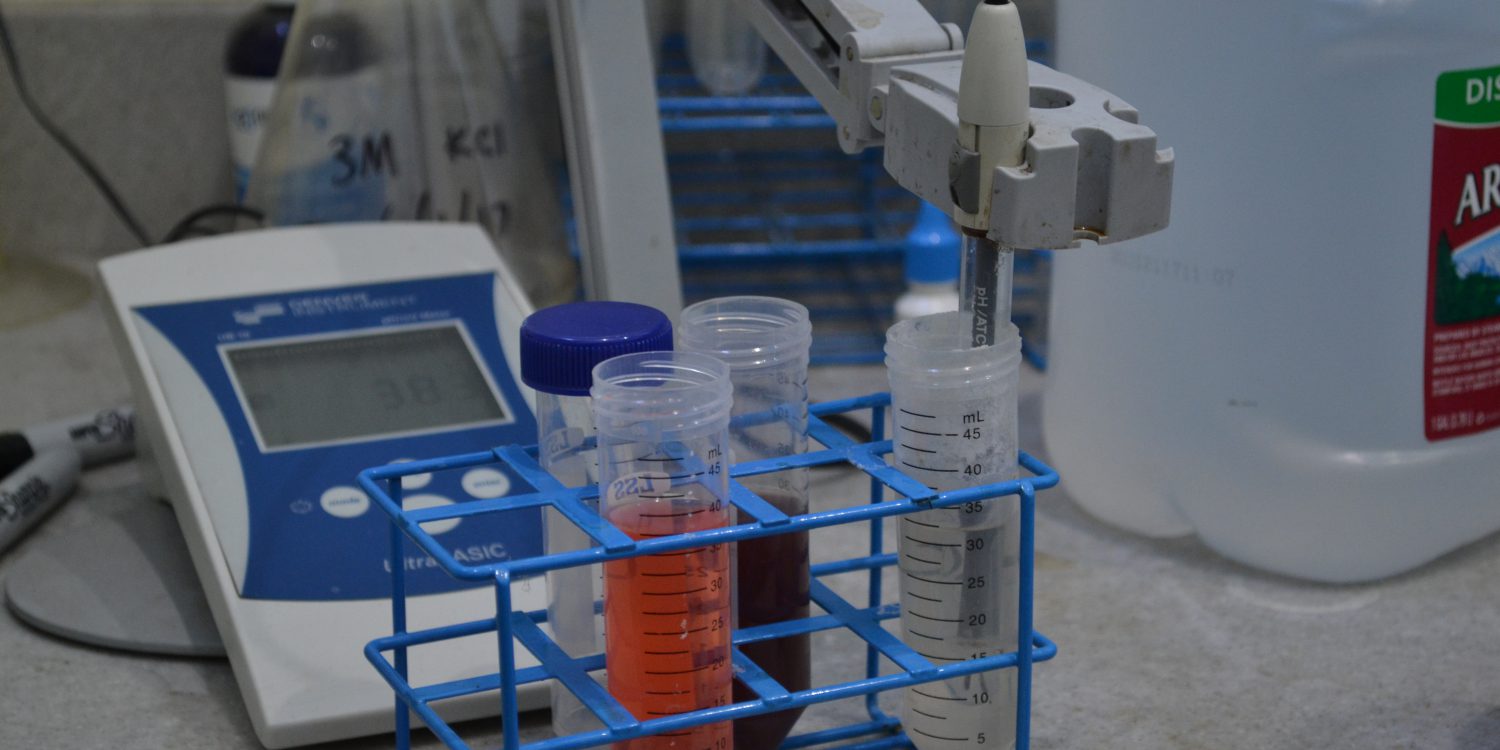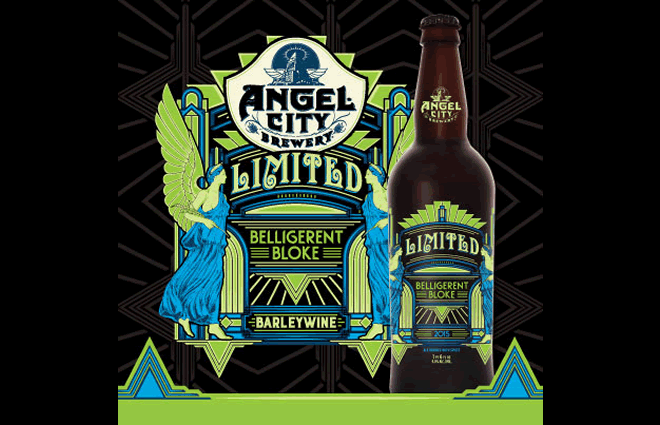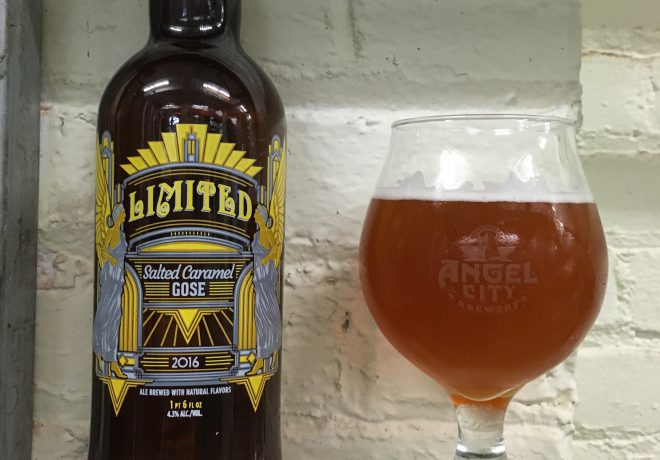(Note: The following is part of our new series we’re calling, “WTF is That?” in which we highlight some of the old, intriguing, and often strange features of our Brewery. This time, we’re talking about our mysterious laboratory.)
In the middle of our Public House, tucked between the corn hole and the tasting bar, is a little room with a glass window in the door. Above, there’s a sign that reads “Laboratory.” If you’re in the brewery on a Saturday night, we wouldn’t fault you for thinking that it read “Lavatory.” More than a couple of people have knocked on the door with crossed legs asking if it was occupied (we’ll blame it on the lighting).
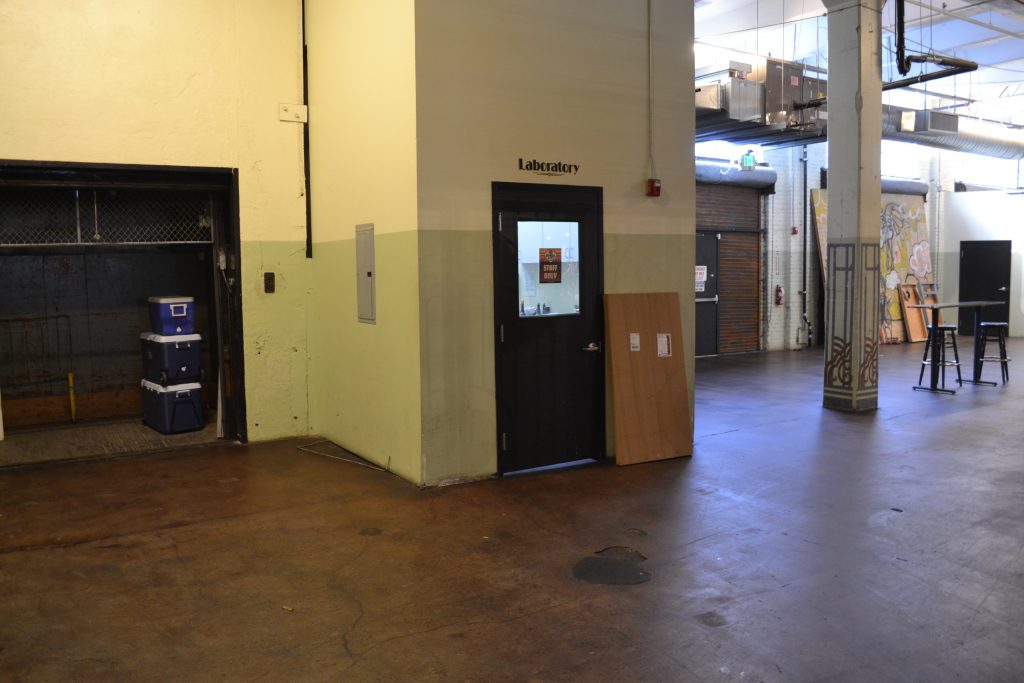
What goes on in there may sound intimidating at first to the average beer drinker, but in reality it’s all pretty simple – and all very important to make sure the stuff that ends up in your glass is as delicious and consistent as it can possibly be. We’re going to break down what happens in the lab for you all, so that you can understand exactly what goes into making great beer.
Microscope
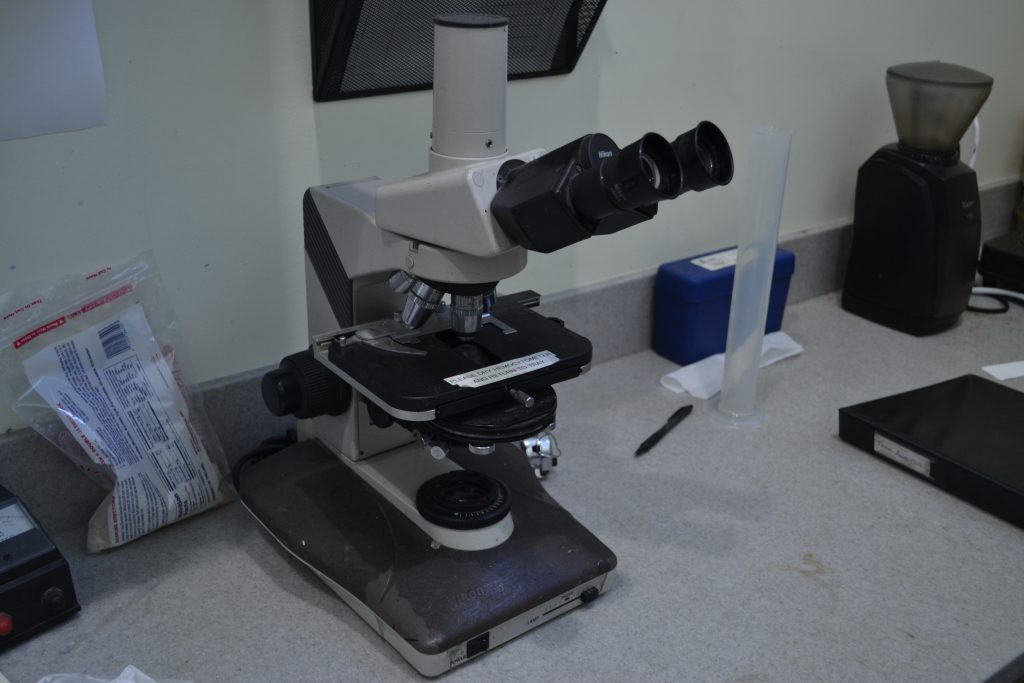
Like most things, the most important tools are often the simplest ones. And while a microscope may not exactly be primitive technology, it’s not exactly the cutting edge, either.
We use our microscope primarily to examine the workhorses of any brewery – the yeast. In the picture below, you can see dozens of yeast cells on a grid under magnification. The grid is there to help our brewers count the yeast – more cells in a sample mean more yeast in the beer, which generally means a healthier fermentation. Why are some of them blue? Well this sample has been dyed with a chemical called methylene blue, which penetrates the walls of dead yeast cells, so we know that those ones aren’t viable. Living cells will actively work to keep that blue out – so the less blue, the better the fermentation.

Our brewers run this test every day of an active fermentation – even weekends and holidays. Yeast never stop working, so neither do we.
pH Meter
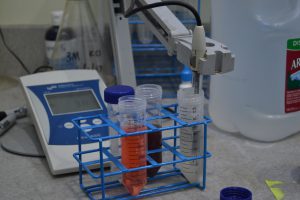
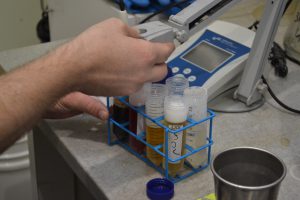
You may remember pH from high school chem, but if you’re like most people, you’ve forgotten exactly what its importance is. pH tells us how acidic or alkaline (basic) a solution is. While we’re running those tests on the yeast, we’re also using this device to check the acidity of the fermenting beer. Most beer tends to have a pH of around 4-5 while it’s fermenting, which is mildly acidic. If we see that our sample falls out of that range, it could be an early indicator that there’s a bacterial infection.
Stir Plate

Want to make beer good? Add the yeast, control the temperature, and let it sit undisturbed.
Want to make beer fast? Stick it on a stir plate, keep it moving, and get some oxygen in there!
Don’t break out the pitchforks just yet – if we used this method to try to cut corners on you, you’d end up with some pretty bad beer. But speeding up the fermentation like this is a good way to help us predict where our beer will end up in terms of important stats like alcohol percentage. Which brings us to our next piece of equipment…
Density Meter
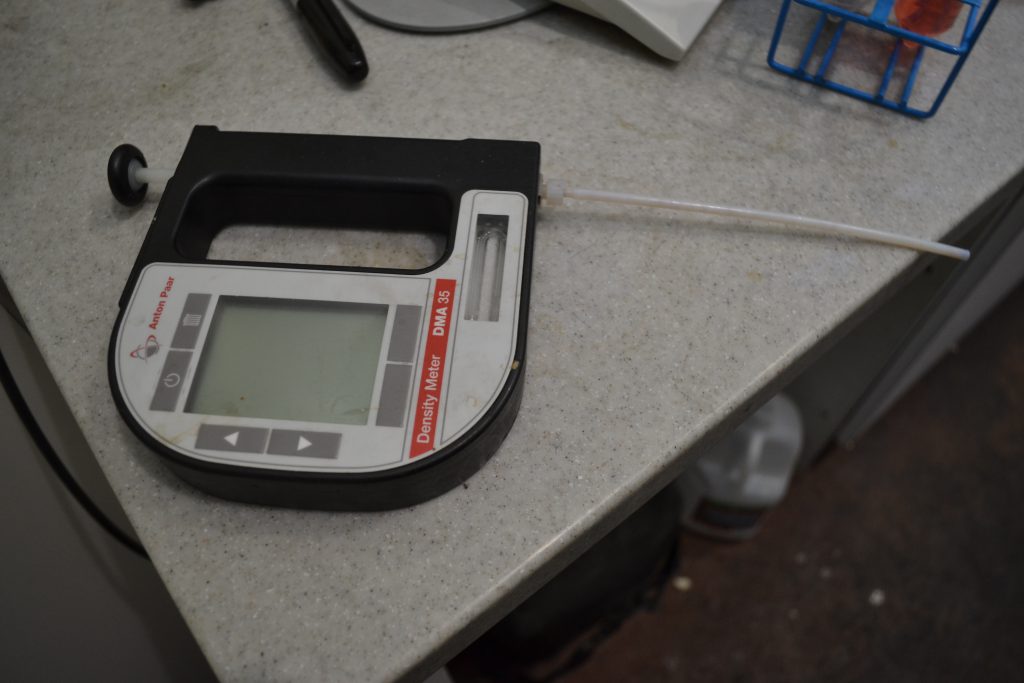
It’s no surprise that the most important thing we measure is the ABV of the beer – you want to know, we want to know, and even the government wants to know. But most of the time, we don’t measure this directly – instead, we measure density. Before a beer ferments, it’s filled with sugar, so the density of the liquid is pretty high – think like a glass of maple syrup. But once the fermentation is complete, most of that sugar has been eaten up by the yeast, so the density is lower. We’ll use this tool to measure the density throughout, and we’ll use the difference in the beginning and final values to determine the alcohol percentage.
Now if you’ve ever homebrewed, you’ve probably run this same test using a hydrometer, which is basically a weight with a scale on the end of it. It’s a pretty good system, but we’re looking for results that are a little more precise. So this bad boy uses high-frequency oscillation to infer mass based off of vibration, and then compares that to the volume of the liquid. It took three brewers to explain that one to us, and we still don’t quite get it. Suffice it to say – it’s expensive.
Centrifuge

And how do we make sure all of those measurements we take are accurate? By making sure that there aren’t any solids mixed up in our liquid. And for that, we break out Spinny the Centrifuge.
Basically this just spins a vial of beer real, real fast, which forces all of the solids out due to centrifugal centripetal centrifugal force. Plus, it looks really pretty when it spins.
And there you have it….(almost) everything to know about the Lab!
Have you seen something at the Public House that’s made you say “WTF is that?!” Tell us about it! Email us at info@angelcitybrewery.com and we may write about it on the blog!
Previous Feature: The Slide



